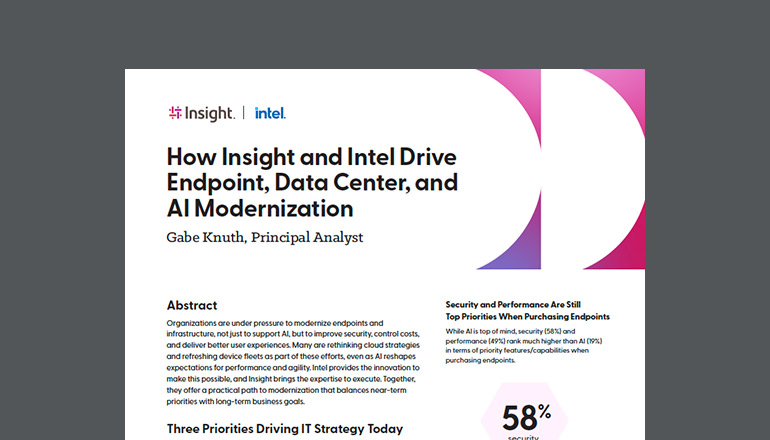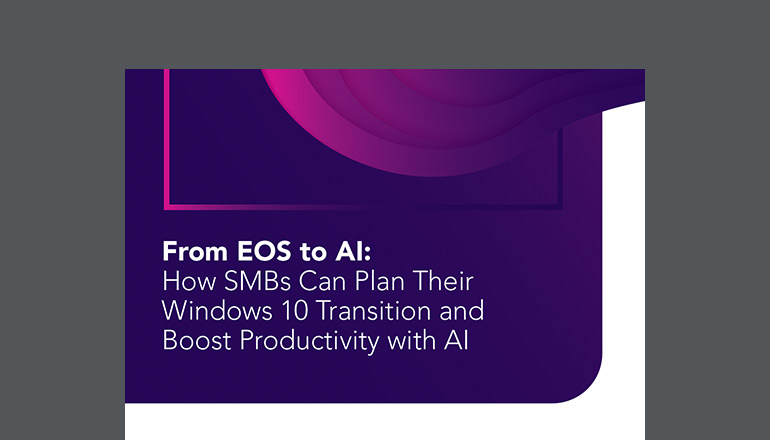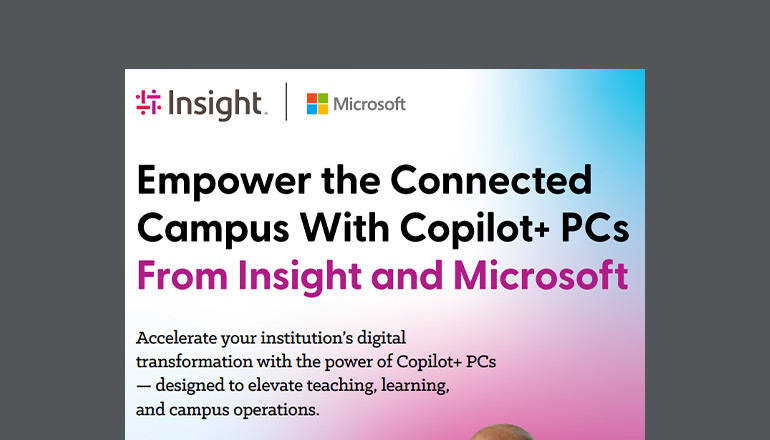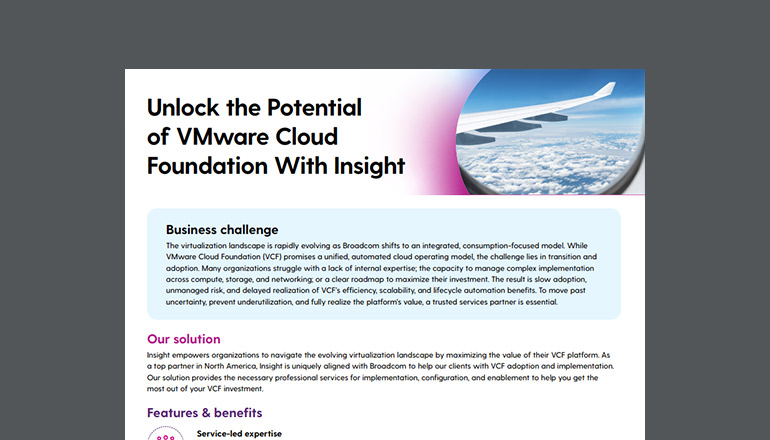Embracing the shift: Adapting to new realities of post-pandemic work
Even before the COVID-19 pandemic, experts identified significant transformations taking place in the workplace and within the workforce. In most cases, the global public health crisis only served to expedite these changes.
A 2019 report by Forrester Research found the following:
- 80% of jobs will be transformed by automation technologies by 2030, changing the nature of how employees get work done.
- Businesses are shifting to a model that incorporates customers, employees, leaders and robots.
- Future success depends on sizable investments, not only in technology, but also to build a strong culture and leadership, and to train employees with new skills.
- One in 10 startups will launch with more digital workers than human ones.
Today, more than halfway through 2020, research indicates:
- 24% of IT pros list automating employee work processes and tasks as a top priority.
- The pandemic has forced companies to adopt new priorities, with half (49%) of IT professionals reporting that their priorities have been “very” or “extremely impacted” by the pandemic.
- 28% of enterprises report a focus on sustaining employee adoption and engagement with technology, up from 24% pre-pandemic.
- 74% of CFOs plan to move at least 5% of their previously on-site workforce to remote — permanently.
Current public health conditions have required organization to react, however there’s also the opportunity to be proactive moving forward. Organizations should focus on investing in and strengthening the following areas:
The digital workplace
“Moving forward, remote workers are going to be the new norm for our company.” — survey respondent from the Insight Intelligent Technology Pulse
As organizations make the shift to a predominantly digital workplace, leaders are asking, “What do remote workers need to be successful?”
- Hardware and equipment: 87% of enterprises see the PC as central to their business and recognize that supporting a secure and effective PC environment is crucial for a successful strategy.
- Access to applications
- IT support: 47% of IT decision makers say improving the ability to remotely support employees is a top priority for 2020.
- Ability to connect: Virtual meeting tools to close the gap and make remote collaboration possible.
- Security: The creation of effective training programs promoting IT security for remote workers.
Adaptation, collaboration and training
“The adaptive workforce will drive the future of work.” — survey respondent from the Insight Intelligent Technology Pulse
The needs of customers are changing at a fast pace. Organizations must be able to adapt to meet those needs in real time, which often means collaborating quickly and effectively in the digital workplace.
In order to fully realize the benefits of their transformation investments, many organizations must undergo Organizational Change Management (OCM). This process helps:
- Achieve expected Return on Investment (ROI) and business outcomes.
- Solve adoption and sustainment challenges.
- Identify upcoming and existing transformation initiatives.
- Establish appropriate OCM budgeting and resourcing.
“We never thought all of our employees could work remotely, but we made it work for everyone — it has taught us we can really do anything we put our mind to.” — survey respondent from the Insight Intelligent Technology Pulse
In order to be successful, remote workers must have the tools they need to be productive as individuals and as part of the larger team.
Individual productivity
- Office ProPlus: Real-time content collaboration; Office Online
- OneDrive: Easy sharing & co-authoring on any device
- Exchange Online: Ease of access (PC & mobile, no VPN required)
- Outlook: Email, calendar & contact management
Group collaboration
- Teams: Quick setup collaboration hub for small groups
- SharePoint Online: Portals & content libraries; secure external sharing
- Yammer: Executive engagement; communities of practice
- Planner: A planning application that provides a simple, visual way to organize teamwork
- OneNote: Free-form information gathering notes, drawings, screen clippings & audio commentaries
- Skype: Video chat & voice calls
- Cisco Webex: Video meeting in video room & mobile
“While we have made a lot of cloud collaboration software available to our organization, many users were not using it regularly or well-trained with it. We need to be more proactive and work on enforcing education on new software we roll out to ensure our staff [can] use it seamlessly.” — survey respondent from the Insight Intelligent Technology Pulse
Educating remote employees about the tools available to them and training them to use the full range of functionality is critical to productivity and engagement.
- Seamless connectivity
- Frictionless security
- Office of the future
- Remote IT support
- Employee resources
- Employee Training
- Mobile devices
- Modern applications
- Remote virtual collaboration
- Cultural transformation
- Employee engagement
Security and cloud solutions
“Indeed, the COVID-19 crisis has made remote work the norm. However, it’s difficult to support remote employees if you haven’t embedded cloud-enabled modern management technology, secured hardware and firmware, and embraced Zero Trust —where security measures are baked inherently into the devices, apps, and content that employees use daily — to allow data to flow beyond the security perimeter.” — survey respondent from the Insight Intelligent Technology Pulse
Organizations must identify and adopt cloud strategies that support business velocity and agility while still maintaining accessibility and security.
- Even before the pandemic, improving data and network security and recovery was a top priority for half (49%) of IT professionals. Now 49% of IT decision makers also rank speeding up detection and remediation of vulnerabilities among top priorities for 2020.
- Enterprises must adopt a secure, scalable end-to-end infrastructure – from devices to multi-cloud applications.
Today, employees use more types of devices and platforms to complete more tasks throughout their day and across all aspects of their lives. This requires a robust security strategy that covers the entire IT environment, from endpoints to hybrid cloud solutions.
- Shopping online
- First calls
- Check email (smartphone)
- Kids classroom video conferences
- IM with spouse
- Work across multidevice for content creation, co-authoring
- Order online groceries for delivery
- Video call with team
- Help kid with school
- Video call with customer
- Virtual Dr. appt
- Check social media
- Order takeout
- Kids classroom video conferences
- Work later
- Family time
- Check email
Reimagine the possibilities for work.
While the changes to the workplace and the workforce are profound and challenging, opportunities for substantial benefits abound, too.
For more information, visit insight.com








